Baahubali to Robot: The 60-YO Traveller Behind the Epic Locations in Indian Films
Whether it is Shahrukh Khan romancing Kajol in Dilwale, or Rajnikanth shaking a leg with Aishwarya Rai Bachchan in Robot - meet Ramji Natarajan, better known as 'Location Guru'.

Movies in India are synonymous with songs and dance. Very often, while the plot of the movie is fast forgotten, the songs and its picturisation remain etched in our minds. Whether it was the backdrop of the pyramids where we saw Aishwarya Rai Bachchan dancing or when Shahrukh Khan opened his arms to embrace Kajol in Dilwale; some locations never leave our minds.
Have you ever wondered how these locations are found?
Meet 60-year-old Ramji Natarajan, a world traveller who for over three decades now has been scouting for these exotic locales.
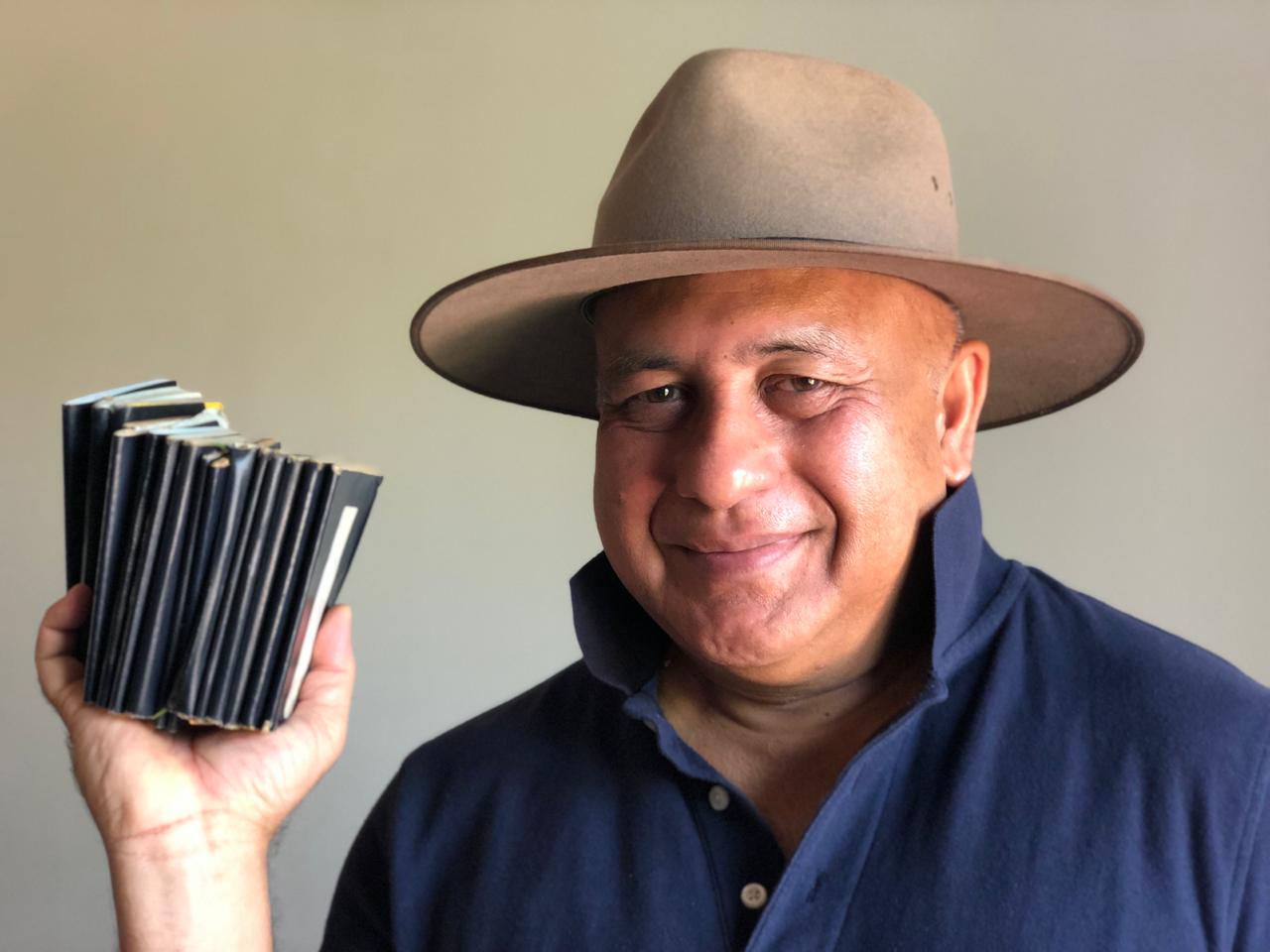
If the saying, to travel is to live, is to be believed, Ramji, who has travelled to more than 140 countries and carries with him 16 passport booklets all stapled together, is truly living life.
“Nothing can replicate or substitute travel,” he says in his deep baritone. “Traveling leaves you with important life learnings that open your mind.”
A miserable failure through school
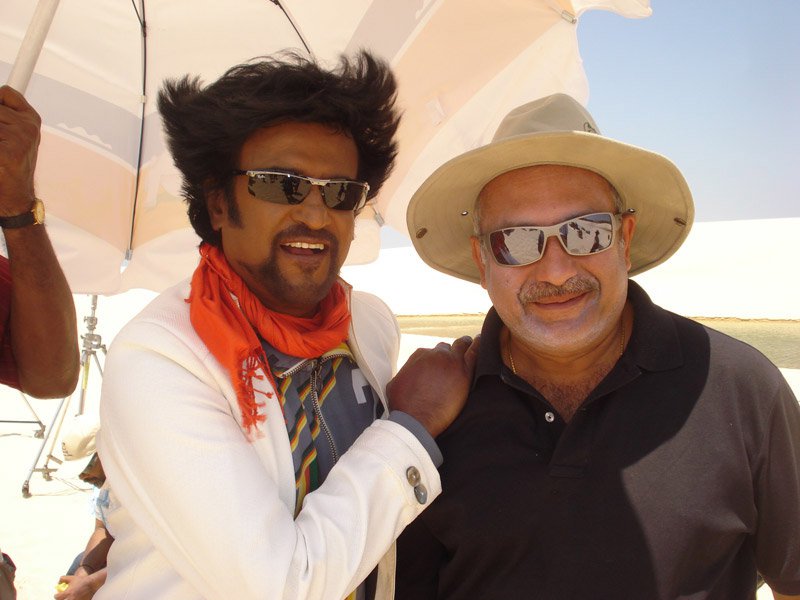
“I was an absolutely terrible student who would diligently ‘almost’ fail every year,” he says. Having his mother visit school year after year to request that they let him go to the next grade was a given. He tells me about the pressures he went through in those days.
“It was perhaps one of the worst phases of my life. My mother wanted me to take up medicine as her father and brothers had done, and I clearly had no aptitude for it.”
“I would often be referred to as a dunce,” recollects Ramji. Just the thought of appearing for the examination would leave Ramji in a state of absolute fright year after year. Lamenting on the education system, he says, “I wish kids in India had the chance to experience a well-rounded and wholesome approach to education. It’s a rather warped system we follow.”
Ramji’s mother was so worried that he would end up doing nothing in life that she even enrolled him for shorthand and typewriting class, just to ensure that if nothing else worked out, he could at the very least become a clerk or stenographer at some office.
Baptism By Fire

While today, at sixty, Ramji can look back and talk about the failures and the challenges, while going through them all, life seemed nothing but a series of downs.
“I was a reasonably decent flute player and for almost fifteen years pursued it even. I learnt from the doyen Dr N Ramani himself and often accompanied him and played at various concerts alongside him,” says Ramji.
Ramji grew up in the seventies, where there were only four distinct career options that were before him; doctor, engineer, chartered accountant, and lawyer. “I couldn’t even finish my degree, and there was really no scope to think of taking up a career in anything that needed Maths,” he shares.
Ramji even took to modelling and told me how the first assignment he did paid him about Rs 1000. “The next step was perhaps movies, and I did that as well,” he says.
The first movie that Ramji acted in was in the 1980s, in a movie called ‘Swapna’ and ended up making about Rs 5000 for it.
“After having been a part of more than forty movies, I realised I wasn’t really getting anywhere with it. I started by playing the main lead, moved to become the lead’s brother, then lead’s friend and eventually the villain,” he says.
Alongside all this Ramji was also dabbling in the travel industry trying to make a mark as a travel agent, travel curator etc. “I tried everything that I thought would work for me,” he says.
Finally A Big Break
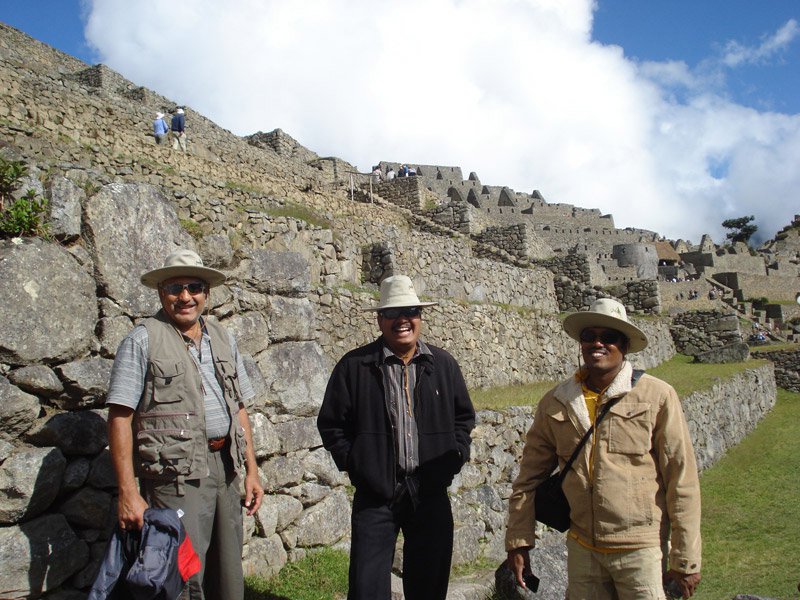
It was in the late 80s that Ramji got his first break as a movie location scout.
Recollecting the time, he says, “It was a movie called ‘Rudranetra’, which was a Telugu spy film directed by K Raghavendra Rao for which I found locations. Just after that, I worked on another Telugu movie, and those two in a sense were my initiation into the world of location scouting.”
During those days, it took almost an entire year to work on a movie and Ramji recollects shooting extensively in Singapore and Malaysia in the early days. “Flying abroad with an entire cast and crew to shoot a song sequence was a rather laborious task in those days. From getting government permissions, arranging for foreign exchange, and organising schedules, it was all a huge task,” says Ramji.
It was only after the movie released and did well, that people recognised the work and that in turn motivated Ramji to keep going.
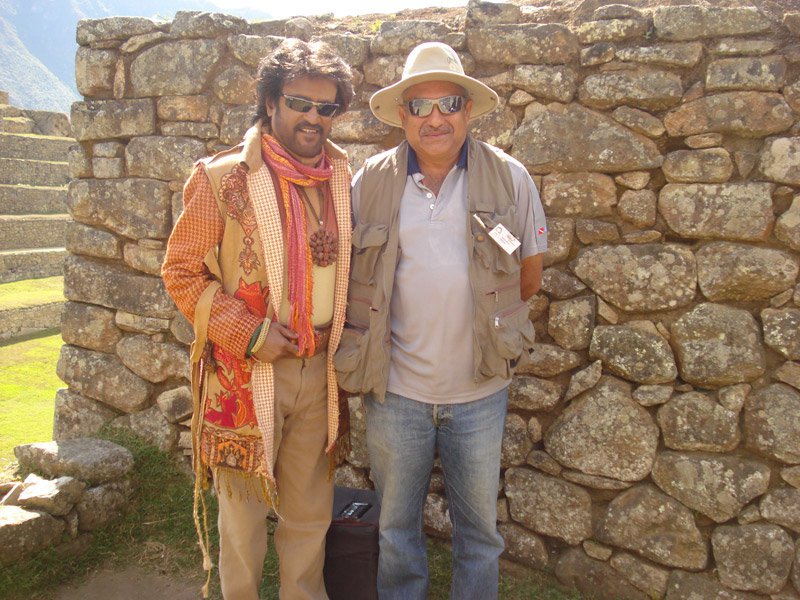
Until about 1996, producers and directors themselves would go abroad to shoot one or two important songs for the movie, given the restrictions that the government had in place.
“It was only after all the restrictions were eased up did business pick up,” he tells me. He also tells me that most directors would head to Switzerland for shoots and once winter would set in there, shooting would re-commence only in the summer.
That was when Ramji discovered the joys of the southern hemisphere – Australia and New Zealand.
New Discoveries

To ensure that Indian directors had the option of shooting abroad all year long, Ramji speaks of how he found New Zealand and Australia. “It was sometime in 1997 that I drove from Christ Church in the South to Auckland in the North, and with each place I passed, I found a new spectacular location to bring back to the industry in India,” he says.
This ‘winter break’ also pushed Ramji to find newer places; from Machu Pichu, which is extensively featured in director Shankar’s movie ‘Endhiran’ (Robot), to the more recent discovery of Bulgaria, where major portions of ‘Baahubali’ was shot.
In the pre-smartphone era, one could only come back and describe the beauty of a location to the filmmaker, and they had to rely on what was being offered to them blindly.
Speaking about this, Ramji says, “In New Zealand, I walked into a book store and picked up almost 30 books that had some stunning photographers of locations around New Zealand. I remember well that the books alone weighed almost 40 kgs and cost me 200$. I then came back to Chennai and distributed it to all the producers and directors I knew. Those pictures were the hook, and with that, I took the first crew to New Zealand to shoot.”
“Convincing filmmakers to look at newer locations, which cost almost 1/3 lower than some other popular destinations, is what I work towards,” explains Ramji.
Movies like Rohit Shetty’s ‘Dilwale’, parts of which were eventually shot in Iceland and Ajay Degan’s ‘Shivaay’, which was shot in Bulgaria ended up giving the films the edge they were looking for while remaining commercially viable.
While All This Was Happening, Ramji Became Bankrupt At 54

One bad business decision led to Ramji becoming bankrupt at 54. “I had hoped to retire by fifty and spend the years ahead spending whatever money I had earned,” he says. Life, however, had very different plans for him. While Ramji spent some time wallowing in his misfortune, it was his wife, Soundarya, who nudged him to get up and get back on the track.
“In the back of my mind I also knew that life almost always pushed me back to square one and forced me to find new ways to survive,” he says. And that is what he did.
Speaking to The Better India, Soundarya says, “I have seen up-close and personal how passionate Ramji is about the work he does. I just needed to nudge him and ensure that he did not give up on life. The commitment and enthusiasm he brings to his work are just unparalleled.”
It was in 2013 that Ramji landed up working on Baahubali, and along with the box office success that the movie went on to become, Ramji’s fortunes also turned for the better. After which there have been a series of big-ticket movies.
Changing Landscape Of The Industry
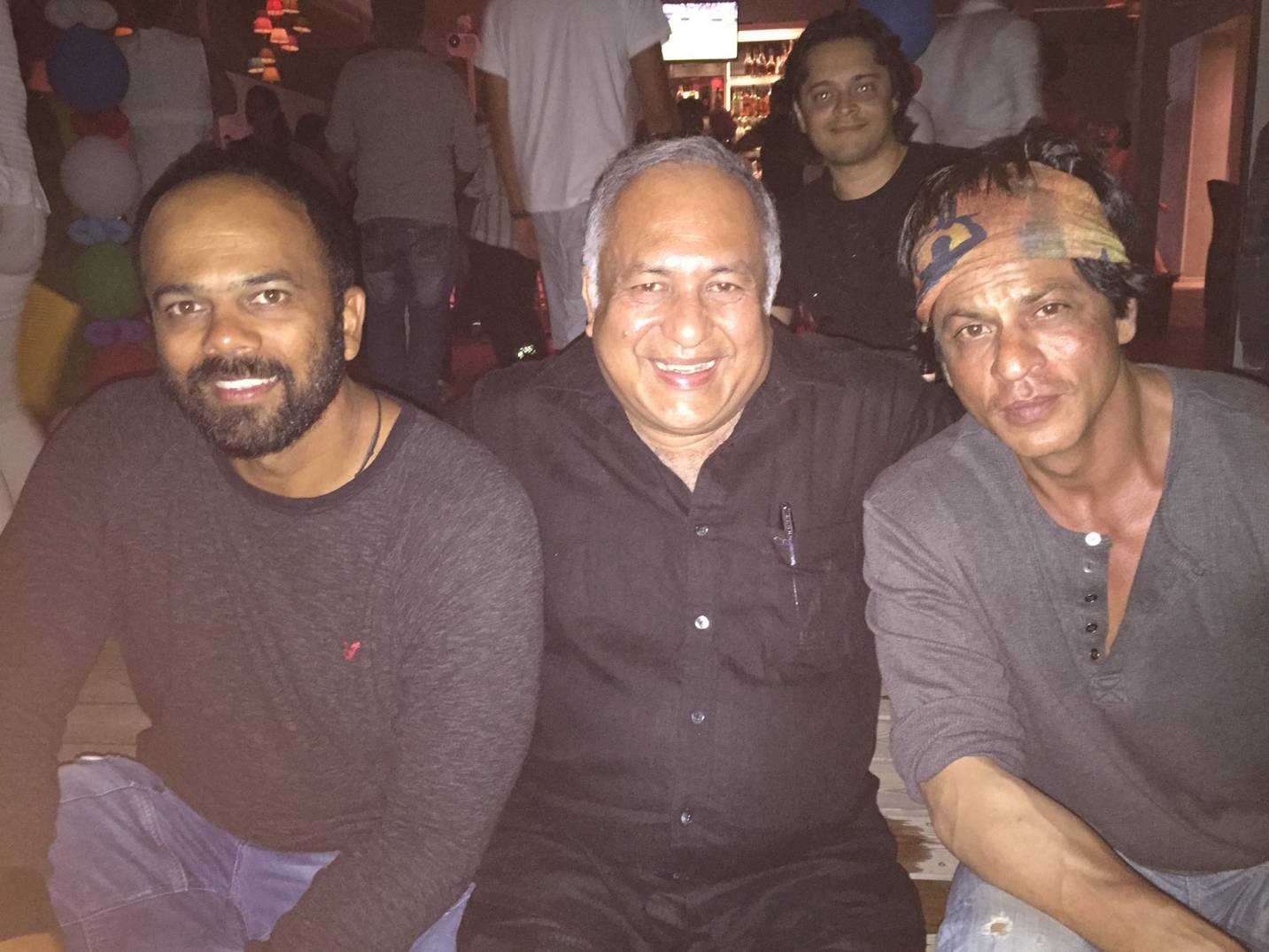
Having been a part of the film industry for over four decades, Ramji says that it has changed a lot. With the advent of social media and the exposure that it has given travellers, people are well aware of the various locations across the globe. “It is so much harder to find a location that remains unfound or spoken about,” says Ramji.
From producers and directors just saying let’s go abroad and shoot (which invariably meant going to Switzerland), things now are much more streamlined, and even the filmmakers know what they want out of a particular location they shoot at, explains Ramji.
From battling thoughts of suicide at being called a failure to an indispensable part of the film industry, Ramji’s story has been one filled with moments of great high and deep lows.
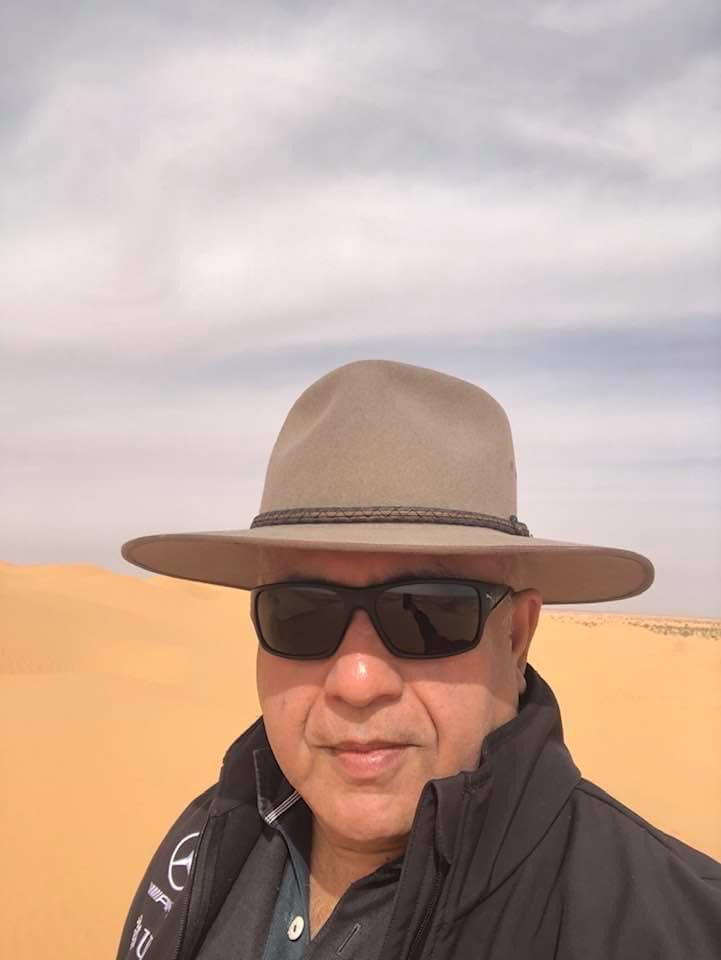
Ramji is an encyclopedia when it comes to travel and locations; his love for the work he does is evident when he regales you with his travel stories. “I am grateful to have been a part of the film and travel industry for so long. From starting my career working alongside stalwarts like Shivaji Ganesan and Prem Nazir to working with Rajnikanth, Kamal Haasan, Chiranjeevi and now their children Ram Charan, Allu Arjun.”
“All through the lockdown, I have ensured that I kept travelling in my mind. I am raring to go and have more energy than I have ever had before,” he tells me as we conclude.
(Edited by Vinayak Hegde)
If you found our stories insightful, informative, or even just enjoyable, we invite you to consider making a voluntary payment to support the work we do at The Better India. Your contribution helps us continue producing quality content that educates, inspires, and drives positive change.
Choose one of the payment options below for your contribution-
By paying for the stories you value, you directly contribute to sustaining our efforts focused on making a difference in the world. Together, let’s ensure that impactful stories continue to be told and shared, enriching lives and communities alike.
Thank you for your support. Here are some frequently asked questions you might find helpful to know why you are contributing?


This story made me
-
97
-
121
-
89
-
167













